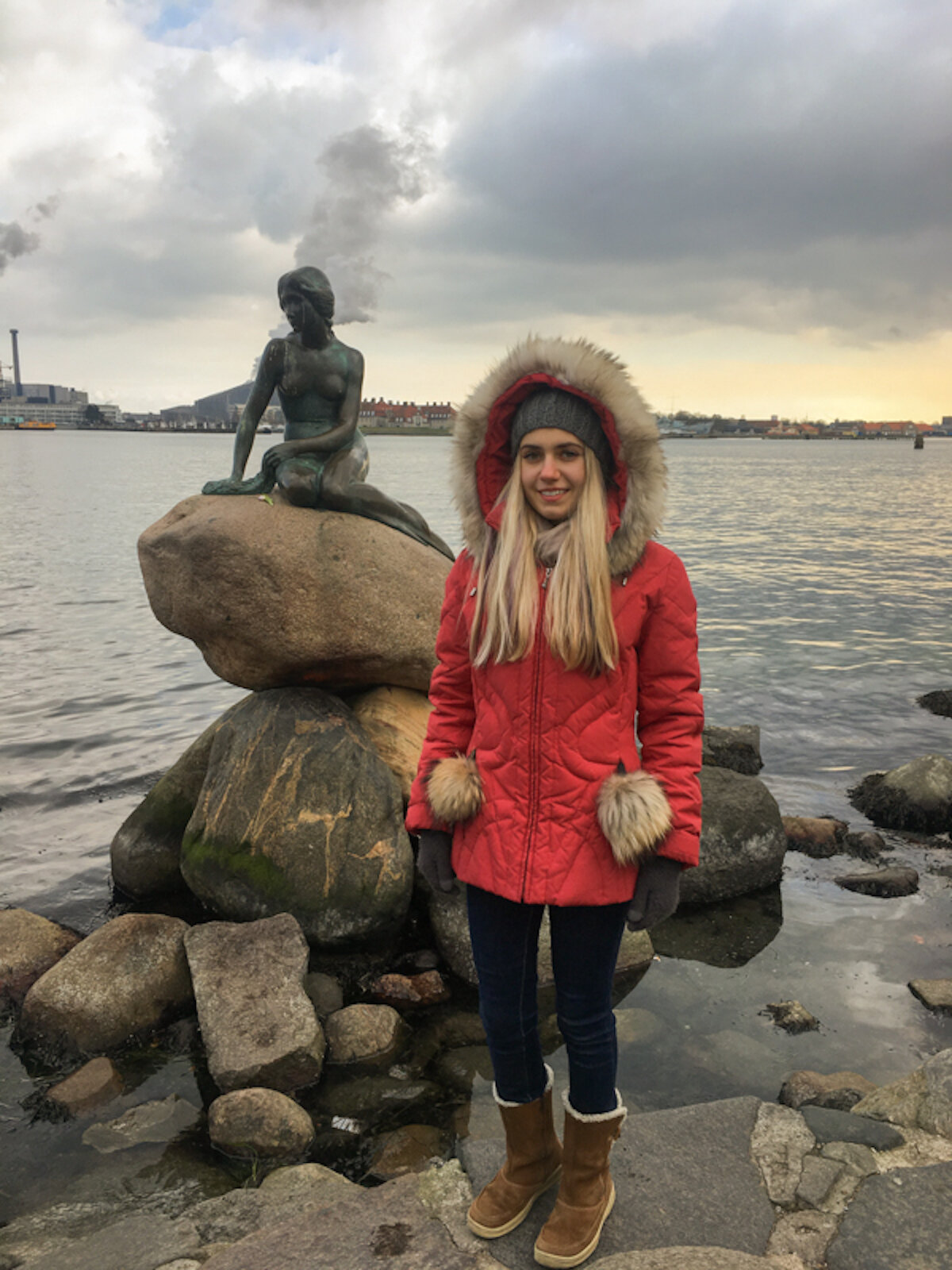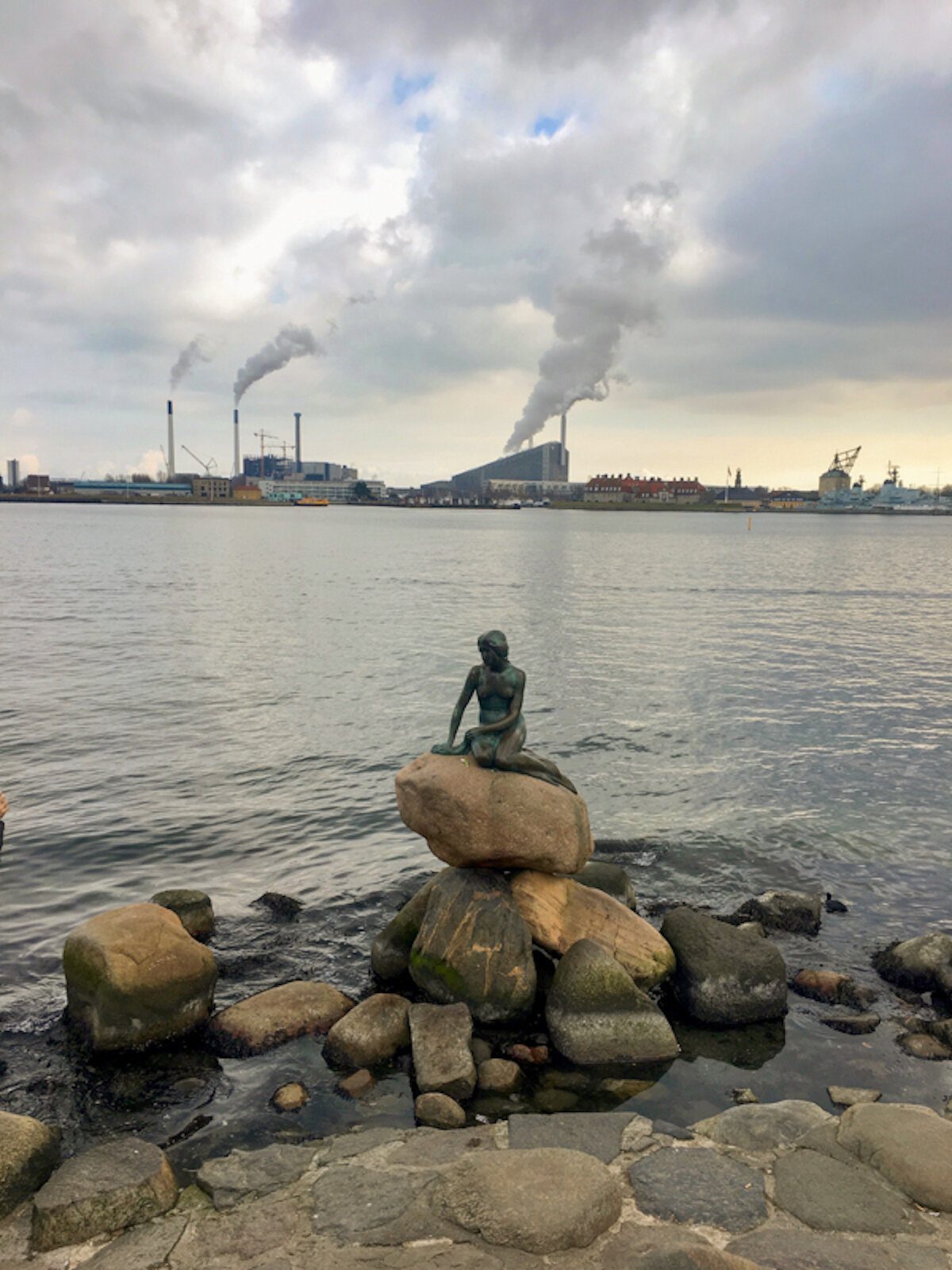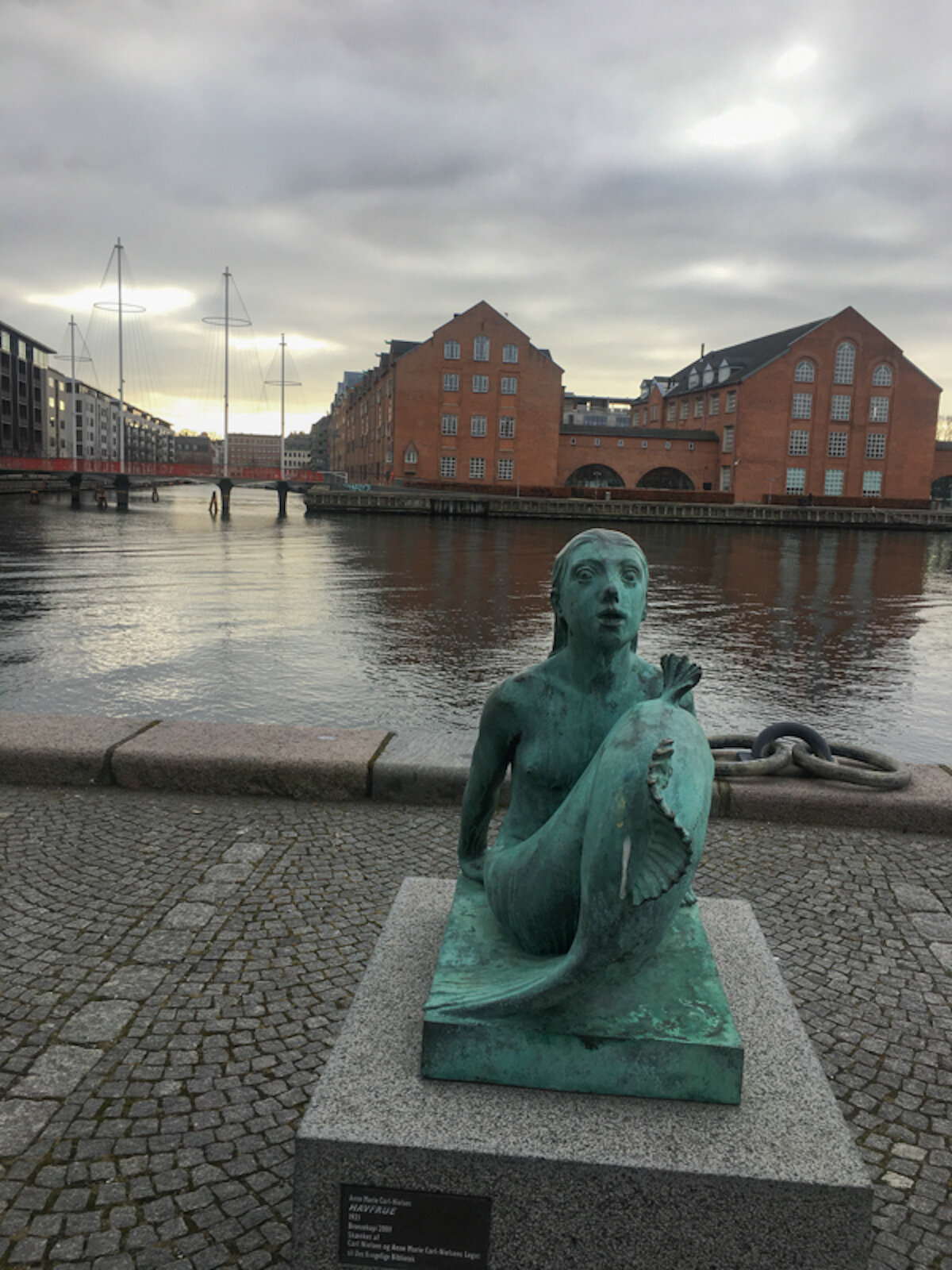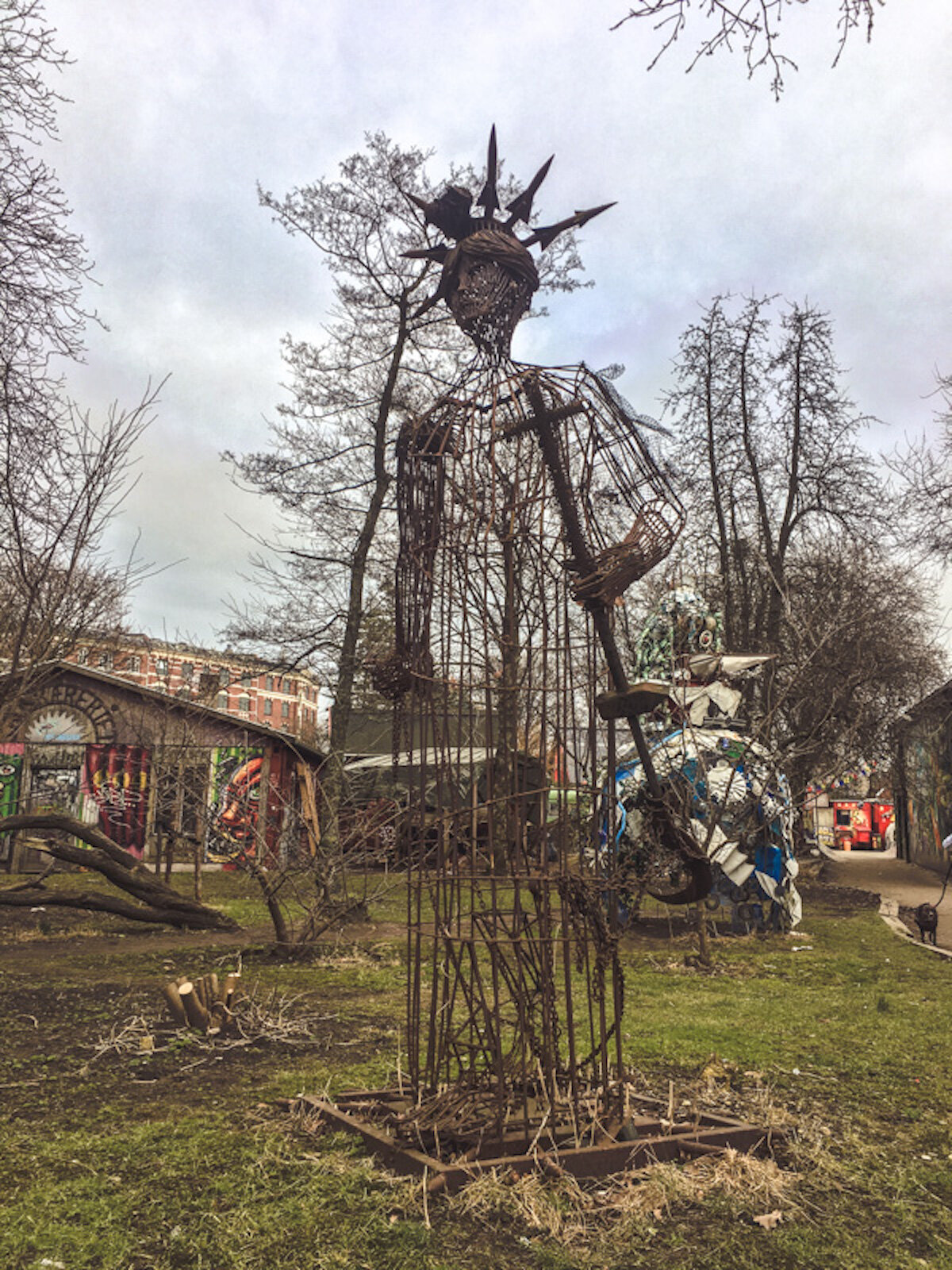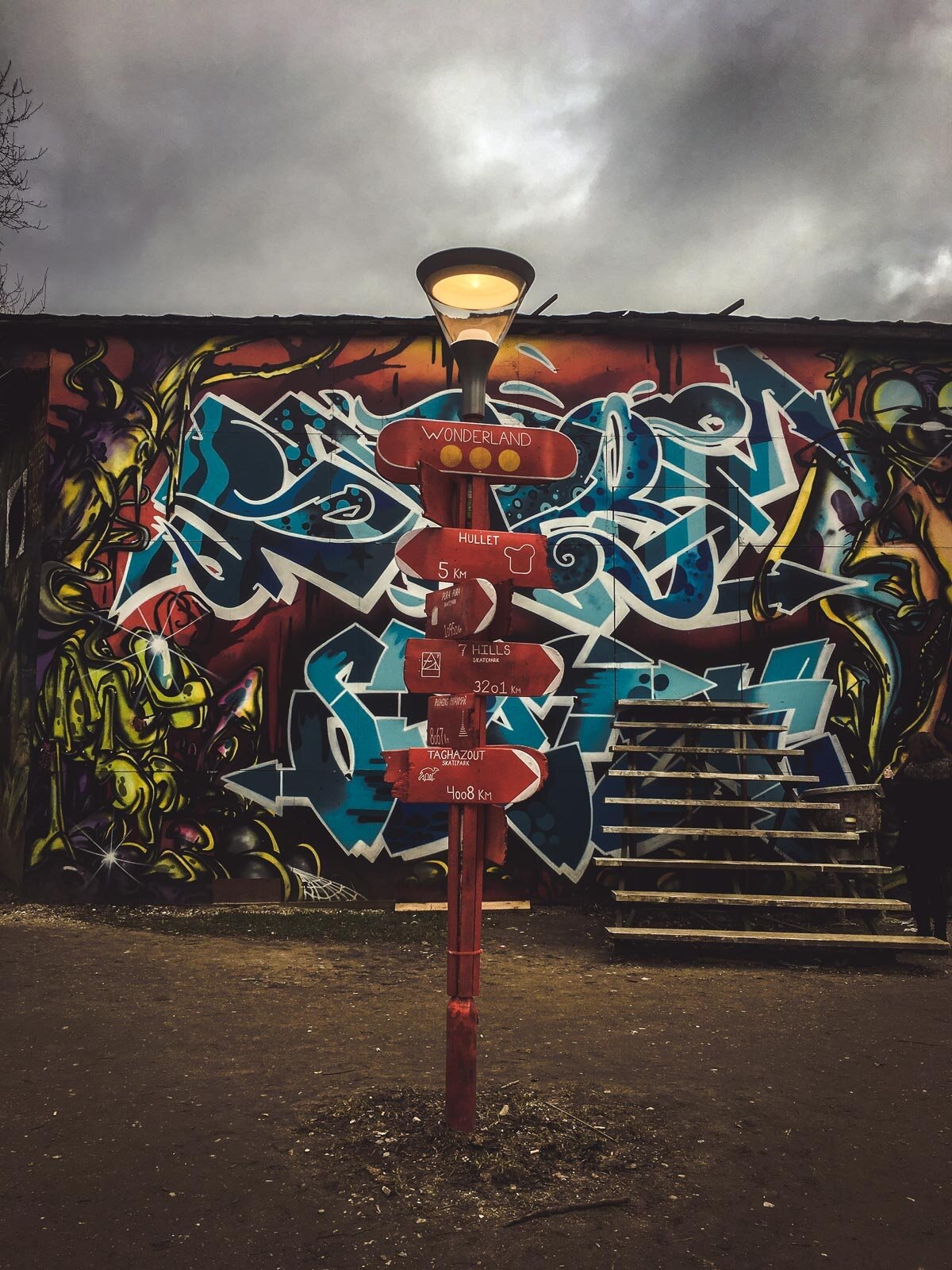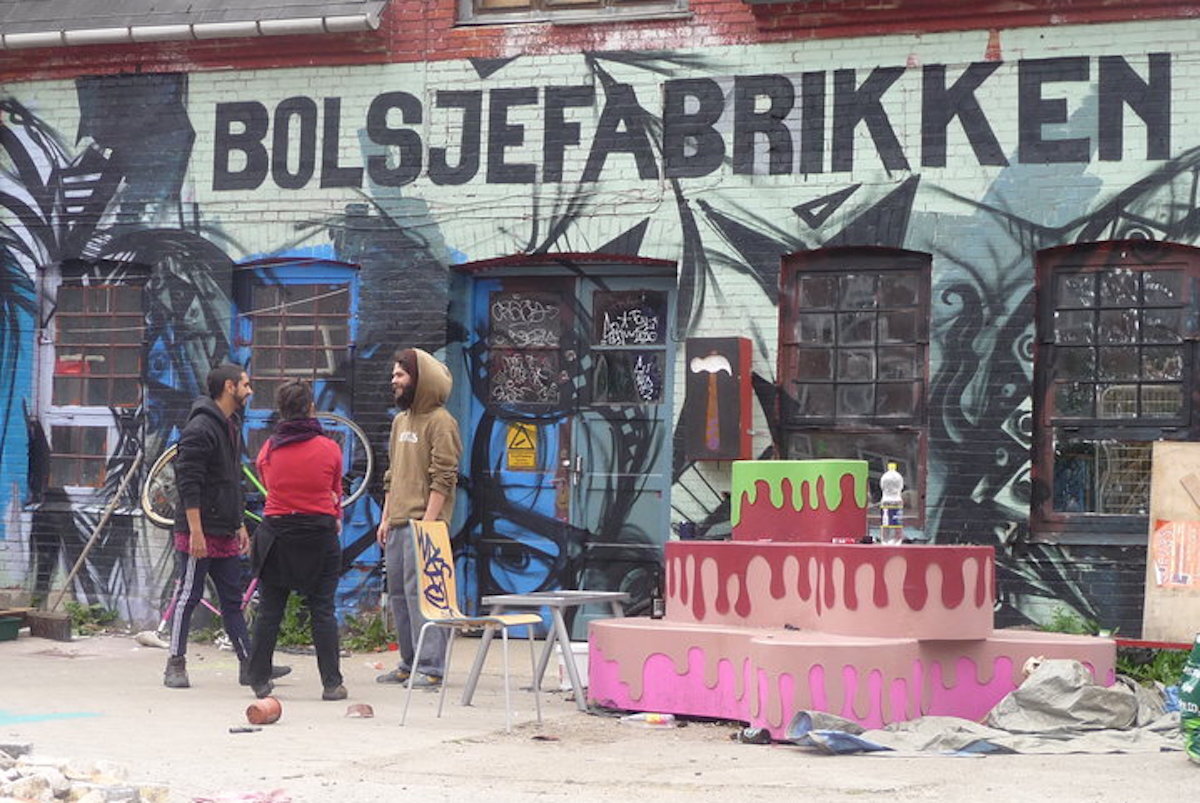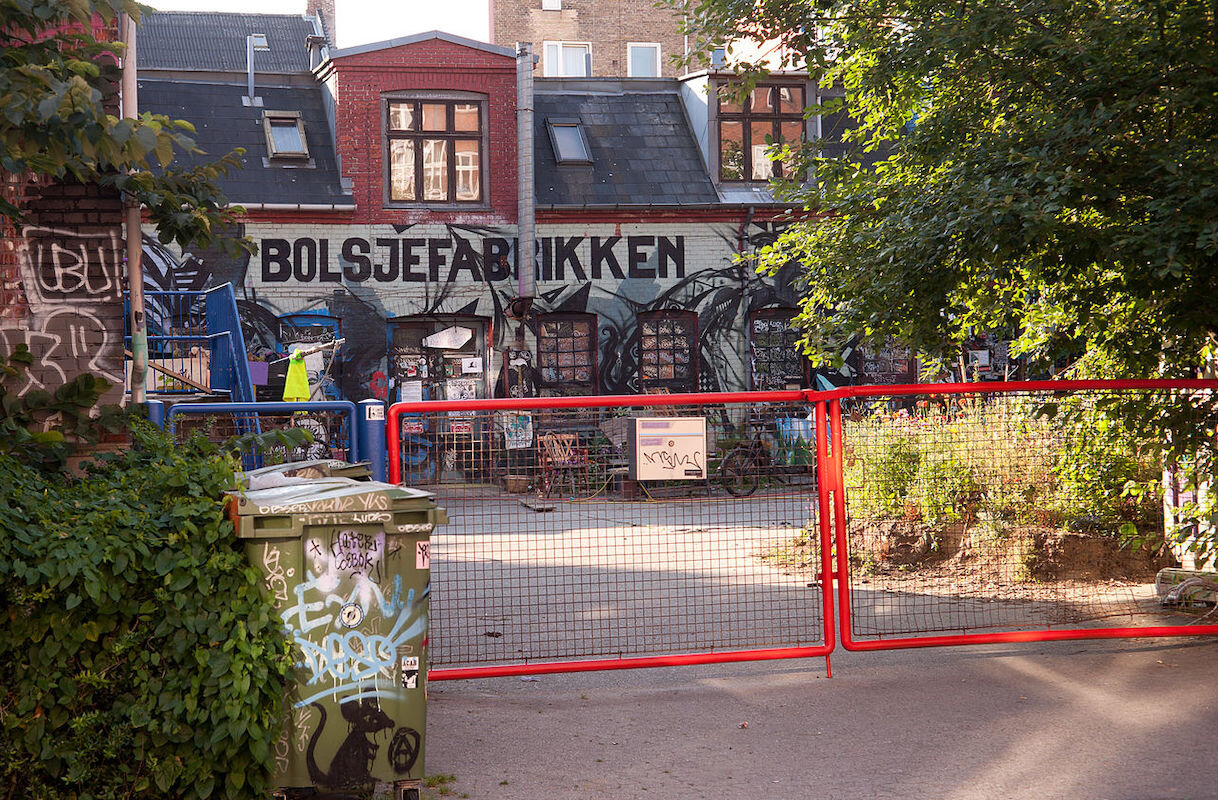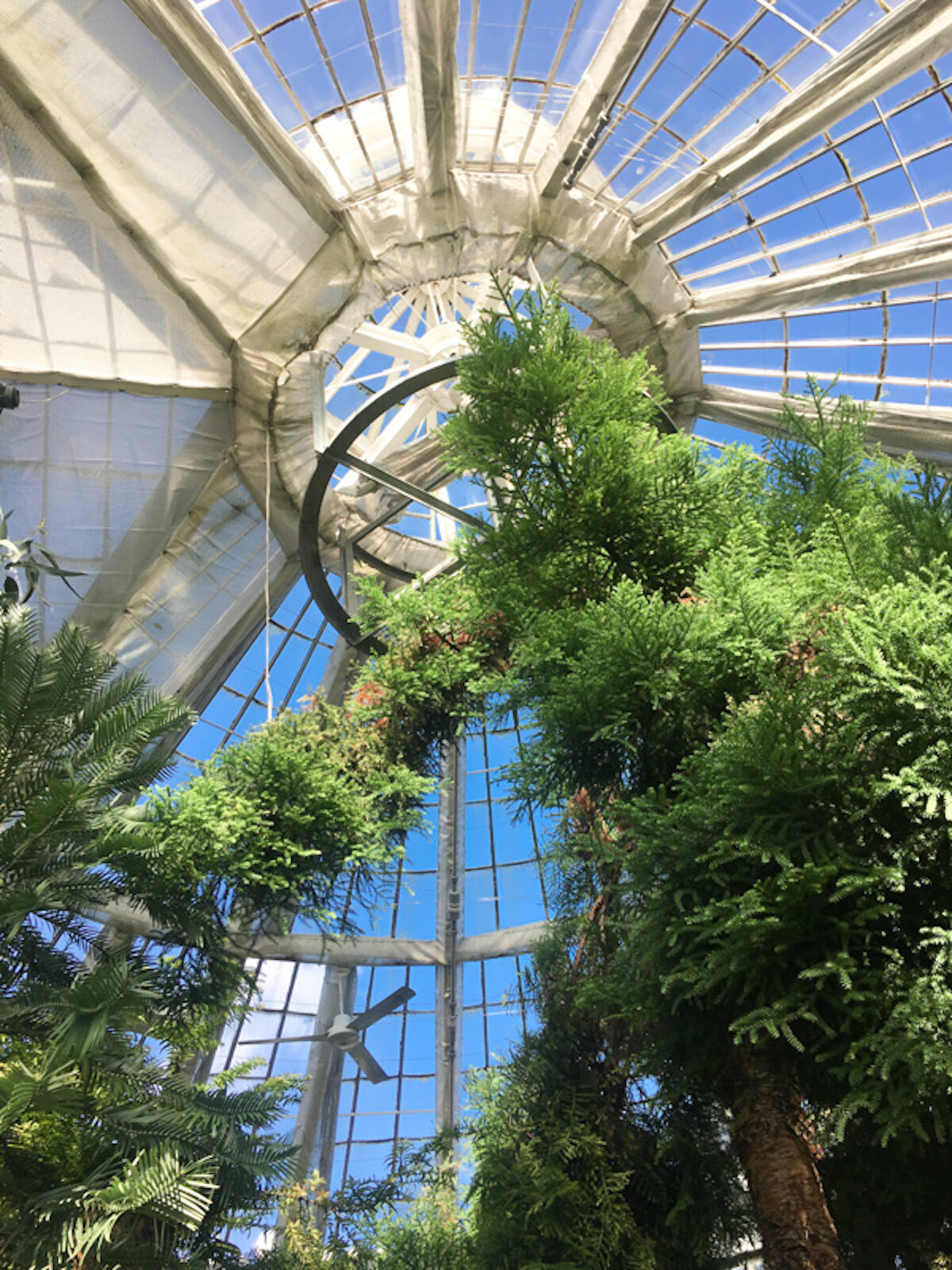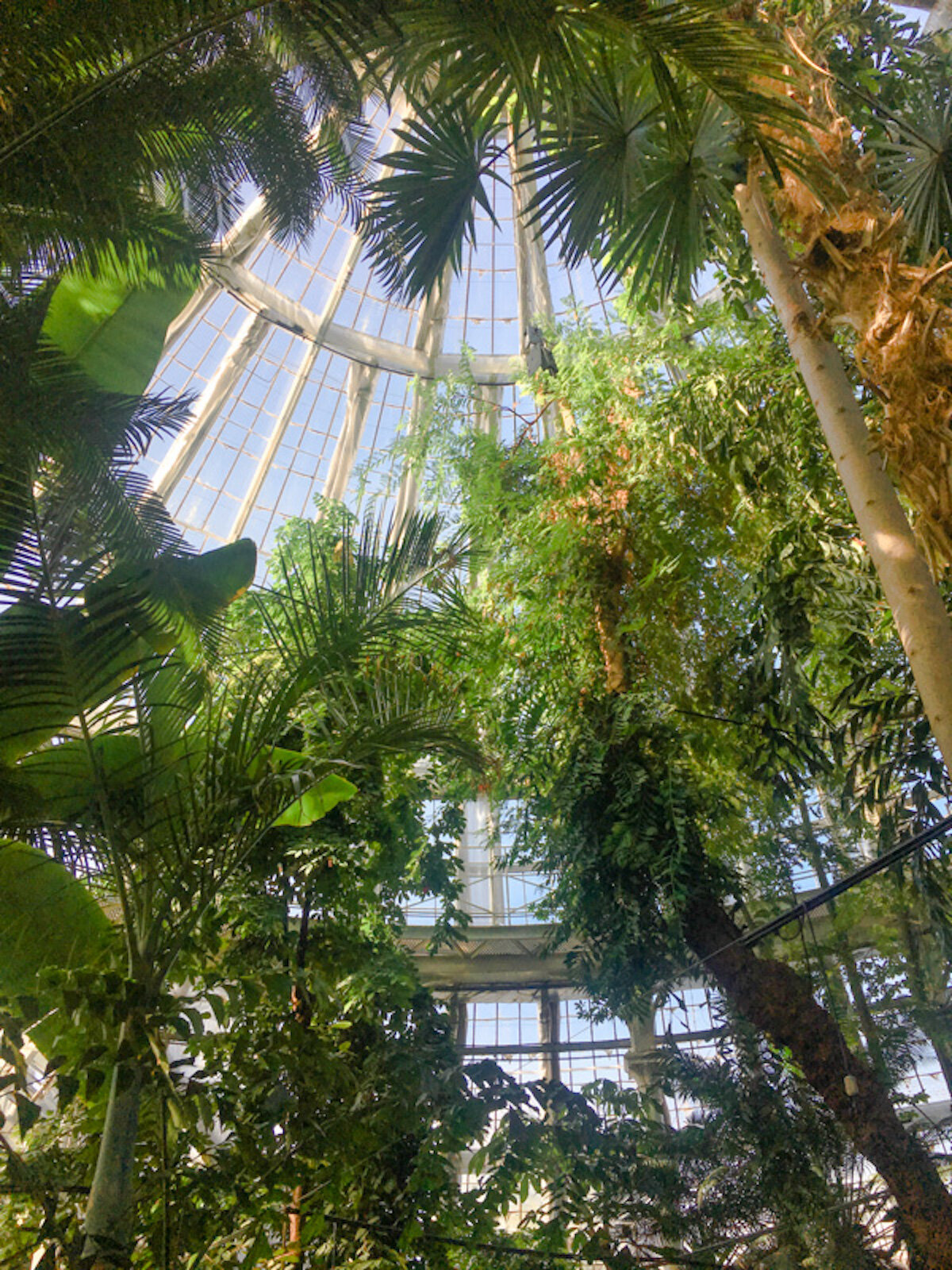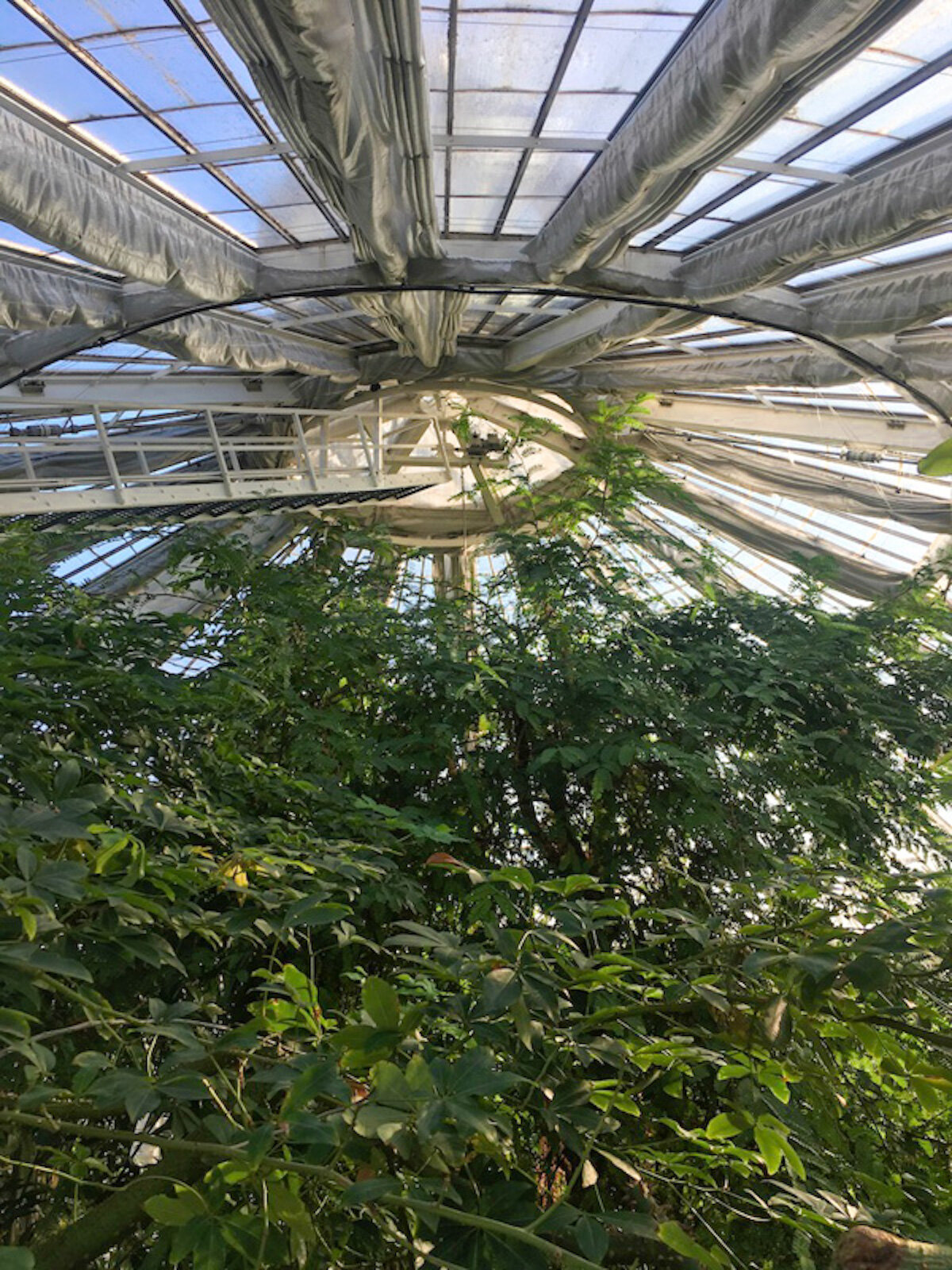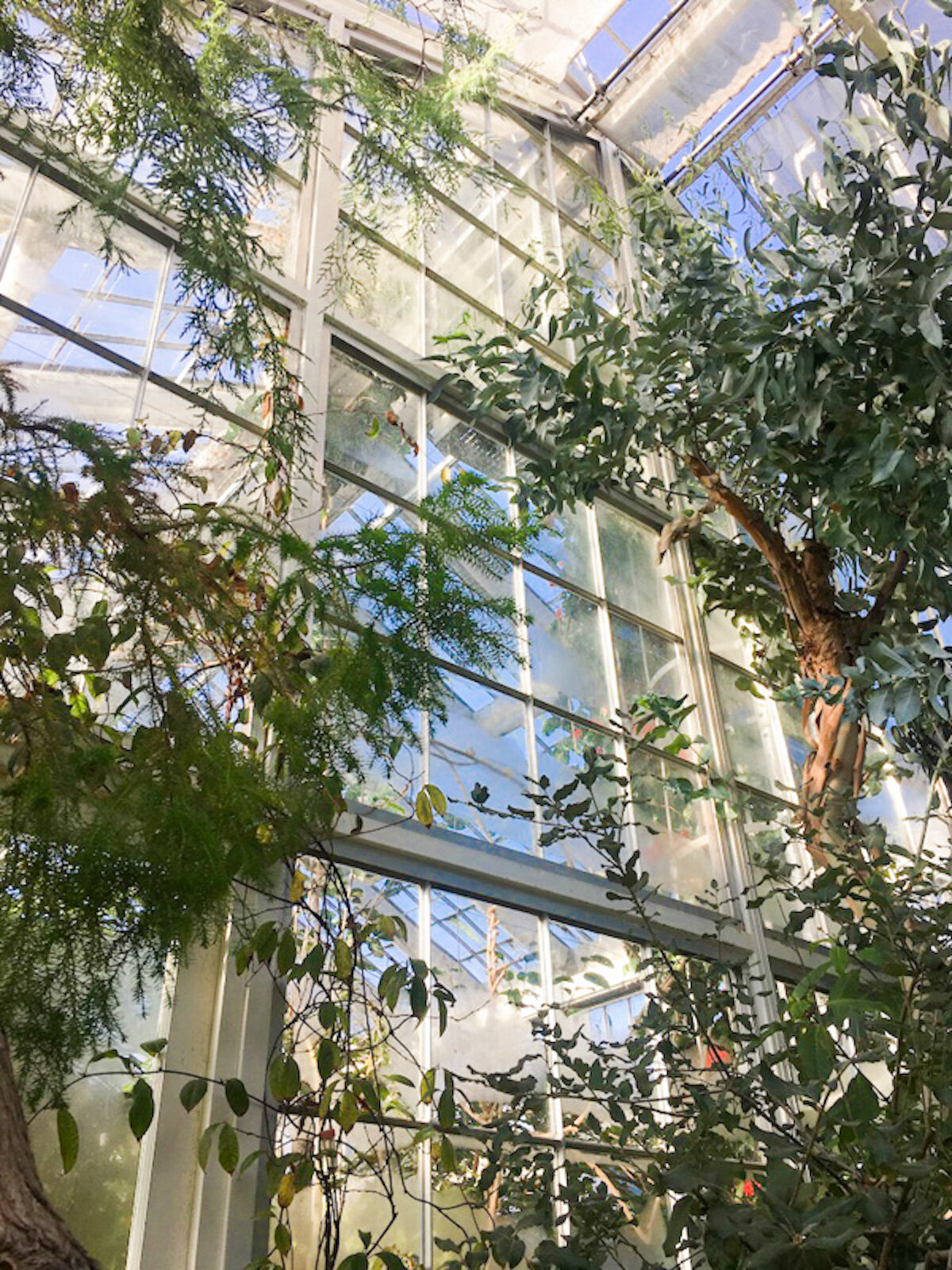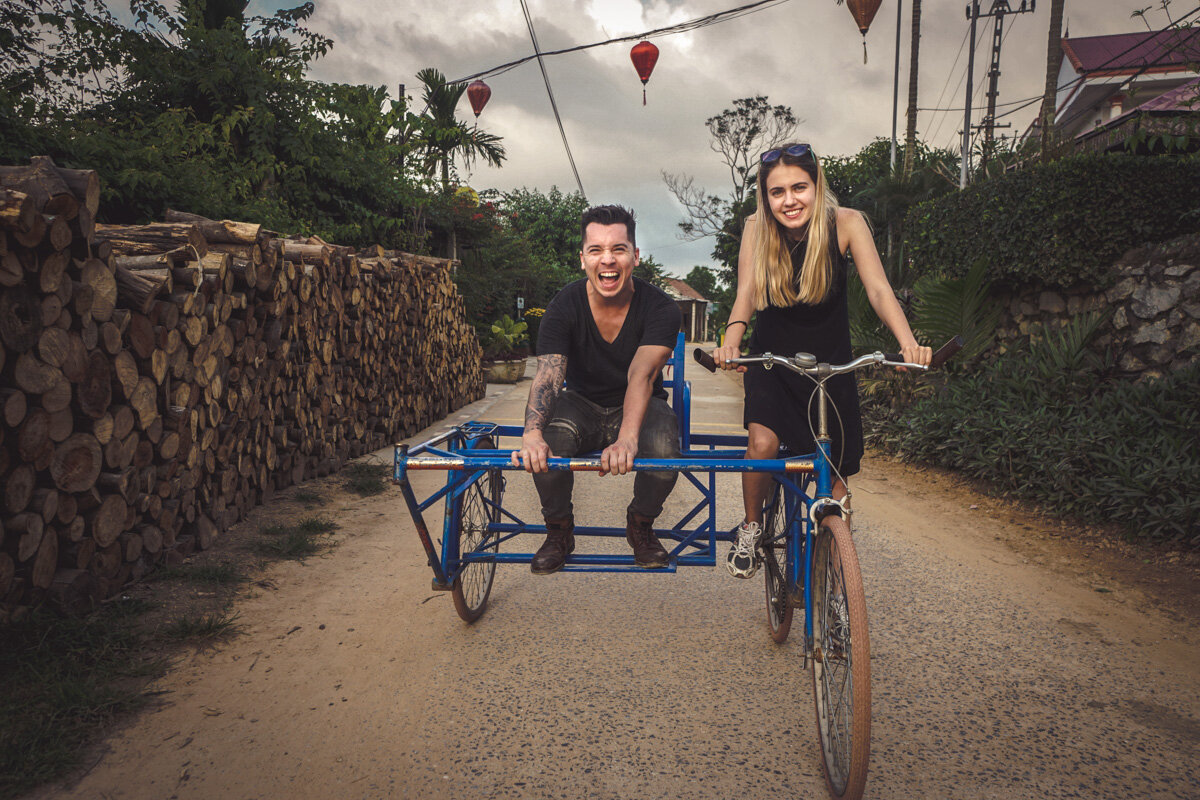Free and cheap things to do in Copenhagen
/Copenhagen is considered to be one of the most expensive cities in the world. But this does not stop the Danes from enjoying life - Denmark is recognized as the happiest country in the world. And since happiness cannot be bought for money, you can feel happy here for free, especially if you check out our list of best free things to do in Copenhagen, Denmark!
Table of Contents
Best time to visit Copenhagen for your budget
How to save money with the Copenhagen City Card?
Must visit sightseeing spots for a first-timer
Free walking tours (tipping expected)
Free meetups, parties and performances
Flea markets and vintage stores (very cheap)
Best time to visit Copenhagen for your budget
Spring and autumn are more favorable times to travel to Copenhagen because in the summer and during New Year's Eve prices on housing and even food are skyrocketing. I believe that late spring or early autumn is the best time to visit Copenhagen.
However, in the summer there are more activities that take place in the streets (and therefore are usually free), parks and gardens not only delight the eyes but also host inexpensive picnics and friendly gatherings.
In the fall, unpredictable Danish weather can disrupt all plans if you consider rain an obstacle.
Whichever season you choose, we don’t recommend winter. We visited there once in winter and it was super cold and windy, it was hard to explore the city which made us stay inside a lot and hence spend more money in cafes and such.
How to save money with the Copenhagen City Card?
The system behind the Copenhagen Card is simple: you buy a card for a certain time and visit all museums, castles, palaces and more for free. And you ride in Copenhagen’s public transport for free and unlimited!
Pros: while the card is valid you can see all the sights of Copenhagen and the suburbs, and get around for free. If you really like going inside museums and castles, it’s worth it!
Cons: in attempt to shove all activities in one-two or three-day itinerary, there will be less time for improvisation and just “to sit and get some rest in the park on a bench”.
Key details about the Copenhagen City Card:
Cards are valid for a period of 24, 48, 72 or 120 hours;
Costs: 54 euros, 77 euros, 93 euros and 121 euros accordingly;
Children's tickets (from 10 to 15 years) are 50% cheaper;
With one City Cardholder, two children under the age of 9 years can pass on the attractions for free;
You can calculate the savings with the built-in calculator on the official website of Copenhagen City Card;
City Card covers 86 attractions and public transport (metro, bus, S-train, train);
There is a convenient app with a list of all the attractions that work with the City Card (for iOS / Android).
Must visit sightseeing spots for a first-timer
Nyhavn Embankment
This cozy and almost fairy tale area of the city is at the top of things to do in Copenhagen. Come to Copenhagen’s Nyhavn to see rows of neat multi-colored houses on both sides of the canal, old wooden boats and ships swaying on the water. The views are fabulous at any time of the year and in any weather.
Stroget pedestrian street
The best way to explore Copenhagen on foot is to stroll along the Stroget pedestrian street, which is considered the longest in all of Europe. Surprisingly Stroget can not be found on Copenhagen’s city map because it is not a street in the classical sense, but a whole tourist area, which stretches from west to east and connects five streets.
A 2-kilometer pedestrian zone was established here in the 1960s and has become the most popular place for city walks. People also come here for shopping, dining and such but as you’ve already guessed it’s expensive.
The Little Mermaid
Another must-visit place to see in Copenhagen… we were a little disappointed to see this magical little sculpture with a background of factories. However, it was such a demonstrable example of urbanization. Another mermaid sculpture was found somewhere along the water when we went for a walk.
Christiania
Christiania is a “free state” – a hippie commune with its own laws and regulations. Christiania in Copenhagen is a relatively young settlement formed in 1971 by a group of hippies that had illegally settled on the territory of former military barracks.
More than 40 years have passed, the population of the mini-state has grown to more than a thousand people, and today they offer meditations in local studios, various performances at art venues, hand-made creations, paintings, furniture and others original items.
Free walking tours
How about learning all about the Danish capital from the locals? In Copenhagen, there are two companies that do free walking tours and explain what is Denmark known for.
Copenhagen Free Walking Tours leads three excursions: classic Copenhagen, a large tour of Copenhagen (the two differ since the former covers the most mainstream places, and the latter is more likely history-oriented) and an excursion to Christiania.
Sandeman’s New Europe is a large international organization that conducts a free 2.5 hour tour that promises to cover all 6,000 years of local history. Also, for a fee, the same guys offer food tours, alternative excursions, and a pub crawl.
Note: Even though there is no fixed price for these free tours, you are expected to tip.
During our Free Walking Tour in Copenhagen, Denmark
Free museums
National Gallery of Denmark
It’s the main museum of the fine art of Denmark with an excellent collection of paintings not only by Danish but also by international artists. The museum features more than 300 thousand engravings and more than 9 thousand paintings including well-known and little-known works of Rembrandt, Rubens, Titian, Modigliani, Brueghel and many others.
A visit to the permanent collection is free for everyone (you need to buy a ticket for some exhibitions).
National Museum of Denmark
You can learn about Denmark’s history from ancient times to the present days and take a look at large ethnographic collection. In addition, the museum has many interesting interactive exhibitions for children.
The David Collection
A local lawyer Ludwig David has been collecting samples of Islamic art, 18th-century European furniture and Danish nouveau paintings throughout his life. The collector bequeathed that after his death the house should become a museum, and all property would be transferred to the city. That's exactly what happened and now you can see this outstanding collection for free in Copenhagen.
Møstings Hus
Translated as Mosting's House, this is a small gallery of modern art. It’s a small country house with concerts, presentations of paintings and even sound installations, as well as lectures on semi-artistic topics.
Designmuseum Danmark
In this museum, you can understand why the Danes got such an innate sense of style and a special attitude to design, as well as how it evolved over time. Admission is free for students and anyone under 26.
Glyptoteket
You can visit there for free on Tuesday. In addition to the ancient art of the Mediterranean, you can admire the paintings of Gauguin, sculptures of Degas and Auguste Rodin.
Free meetups, parties and performances
Bolsjefabrikken (Ragnhildgade 1)
The former Bolsjefabrikken candy factory is a fashionable party place where some cultural, social and political movements constantly take place. A group of restless enthusiasts holds free underground electronic concerts, workshops, film screenings. This is a must!Ungdomshuset
Since the 20th century, it has been the heart of Danish punk culture and now they held events with an emphasis on alternative lifestyle and self-awareness. Be sure to check out a concert, a party, a thematic film lecture hall or a lecture - there is something interesting every day, and it’s completely free.
ØEN (Mimersgade, opposite house 60)
Among the skyscrapers of the Nørrebro district, there is a small one-room house ØEN run by electronic music fans. If you don’t fear enclosed spaces, then come in the evening and join the crowd of relaxed Copenhagens, who sway to the beat of techno, trans or trip-hop bits.
The events are mostly not free but affordable
Huset (Rådhusstræde 13)
For over 40 years, Huset has been considered Copenhagen's largest cultural site. Live music, a theater, a cafe with board games, stand-ups, thematic cinema - all events are budget-friendly. Huset is popular with international volunteers, and therefore, if you are alone in the city, you can go there directly to meet new people.
Absalon Cultural Center (Sønder Blvd. 73)
Under its roof, Absalon gathers friends and strangers, neighbors and tourists, grannies and grandfathers - gender, age, status are not important, because in this Folkhouse everyone immediately becomes a family. Be sure to join for a family breakfast or dinner, when for a small fee (50 DKK) you can share a meal with the neighbors, meet and connect with people. Absalon hosts numerous activities such as yoga, music and film quizzes, table tennis, hip-hop dancing, gymnastics for seniors, as well as many workshops for adults and children. Most events are priced DKK.
Churches and Cathedrals
Grundtvig’s Church in Copenhagen WPCOM:Tryphon.jpg
Københavns Domkirke
Copenhagen Cathedral is open to visitors most of the time and services are held there rarely. But another interesting thing is that on Thursdays, Fridays and Sundays, you can go to there at night and look at the eerie blue illumination of the columns, wander around alone and think about the eternal.
This is one of the most unusual things to do in Copenhagen at night!
Grundtvig’s Church
This church is a unique example of expressionism, which is extremely rare in church architecture. Thanks to the unusual appearance, Grundtvig became so popular in Copenhagen.
Frederick’s Church
Lutheran Temple is located near Amalienborg Residence. A distinctive feature of this Barocco style church is a green dome with a diameter of 31 meters.
Parks
The King's Garden
This is one of the oldest city parks not only in Copenhagen but also in Europe. The famous storyteller Hans Christian Andersen liked to spend time there among the shady alleys.
By the way, in Copenhagen, there are so many parks, green areas and gardens. They all are well-groomed, clean and amazingly beautiful so you can walk there and have fun for free.
Amalienhaven Park
Relatively young, but not less beloved park. Tourists and locals like to relax here on benches or just on the grass after hours of walking around the city. This park is located between the Amalienborg Royal Palace and the promenade.
Frederiksberg Gardens
Well planned, clean and large park, a real oasis in the city. It’s a great outing spot for locals and visitors alike! It’s located right next to the Zoo if you want to visit it too.
The Botanical Garden (Botanisk Have)
It is located next to Rosenborg and was opened on October 9, 1874. The garden has over 13,000 species of plants, 27 greenhouses with cacti, succulents, orchids, begonias, rhododendrons and even arctic plants. The symbol of the botanical garden is the Palm House. The greenhouse, made of glass and forged metal, is a unique work of architecture with an area of 3000 m² and a giant rainforest inside. Under the six-meter dome is a gallery where you can climb the iron spiral stairs and go around the entire dome in a circle.
The garden is open from 8.30 to 18.00 in the summer, and until 16.00 in winter.
The Deer Park (Dyrehaven)
This is a huge park located on the seafront which is perfect for walking, bike or horseback riding and even coming across deer that inhabit the park. Dyrehaven is home to the world's oldest theme park opened in 1583. At first, the park was a place of folk festivals with street vendors, artists and musicians. The rapidly growing popularity began to attract artists from other European countries. The first moving rides and a roller coaster appeared later.
The amusement park is open from March to September from 14.00 to 23.00. Entrance to the territory is free, to the attractions - by tickets.
source: www.visitcopenhagen.com
Beaches
When the weather permits, why not go to the seaside? Fortunately, all beaches are located near the city.
Amager Strand
It is four and a half kilometers of white sand, a boardwalk, volleyball courts, picnic areas, a concert stage, a marina and a 1 km long swimming lane.
Bellevue Strand Beach
This beach is a twenty-minute drive from Copenhagen Central Station. It is visited by 500 thousand people a year, although it is inferior in popularity to Amagersky. The beach is only 700 meters long, but the white and blue striped rescue towers installed on the shore are a matter of pride for the Danes. They were designed by a young architect and designer Arne Jacobson in 1932 before twenty years later he began to design egg-shaped chairs.
Flea markets and vintage stores
From the "free" section, we smoothly move to the "almost free or cheap" section.
Svalernes Loppemarked (Nattergalevej 6)
Even if you decide not to buy anything as a souvenir, we advise you to check out Svalernes which offers antique furniture, old books and outlandish things from all over the world. A flea market takes place every Saturday from 10 to 15. Svalernes sends the money from the sale of second-hand goods to Bangladesh and India to support lower castes, especially women.
Studenterhuset (Købmagergade 52)
Every first Sunday of the month, students gather at “Students’ house” to give a second life to their unnecessary things. In addition to flea markets, the students’ house holds events such as Meet & Eat, where you can not only budget a wholesome vegetarian dinner but also get to know the locals. To enter you need to have an ISIC card (or a bit of charm to tell you are a student without a card) and 25 DKK. Board games, quizzes, and swing lessons are also here.
Den Blå Hal (Ved Amagerbanen 9))
You can visit this flea market on weekends, from 10 a.m. to 4 p.m. Entrance is 10 DKK, but consider that you are buying a ticket to the museum: for example, here you can see the Royal Copenhagen porcelain, various metal products, designer furniture and cute retro pieces.
Remisen Flea Market (132 Blegdamsvej Street)
To the north of the center, on 132 Blegdamsvej Street, you will find Remisen Flea Market which is held every weekend. For 20 DKK you get access to 100 stands with clothes, electronics, souvenirs - by Danish standards, the price tag is more than generous, but be careful not to buy everything.
Here are a few more flea markets for shopping lovers:
Nørrebrogade Flea Market in the heart of the Nørrebro area;
Ravnsborggade Flea Market - held once every three months;
Thorvaldsens Plads Antique Market is a favorite place for Danish collectors, it’s more suitable to walk around and take a look unless you are a collector of course;
Vera’s Market (Vendersgade 17 kld.) - fashionable clothes, local designers, many second-hand items.



